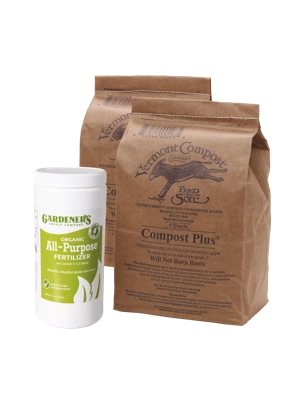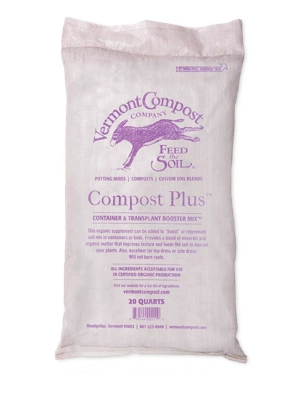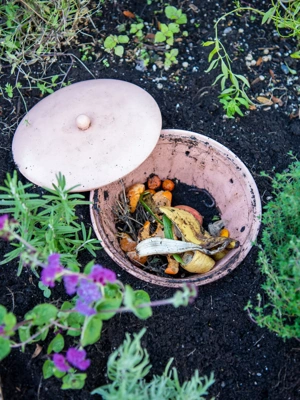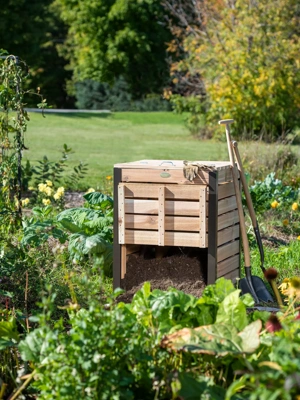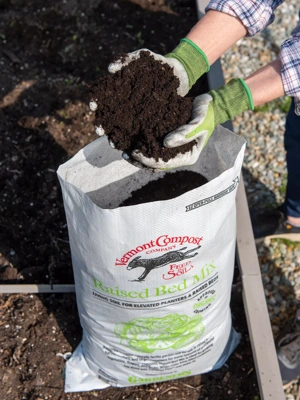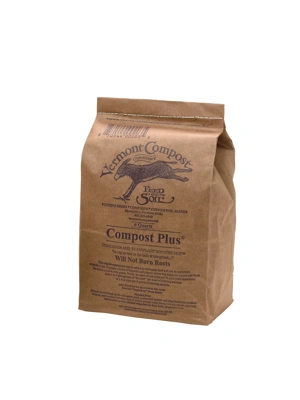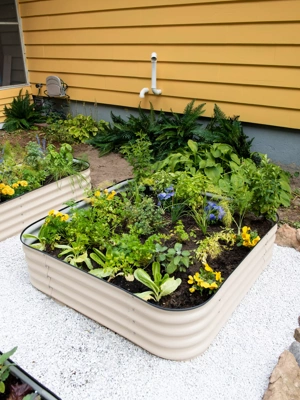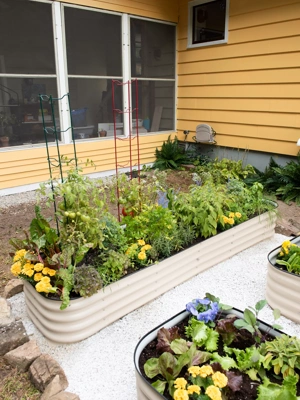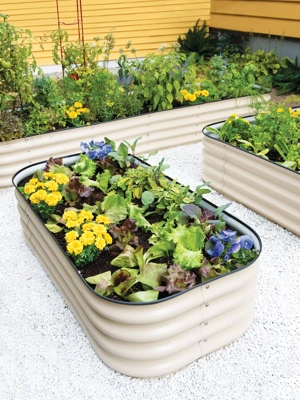Gardening in Zones 7-10
 Planting times in warmer gardening zones (7 to 10) vary quite a bit. This bok choy is a cool-weather crop that will bolt if the weather gets too warm.
Planting times in warmer gardening zones (7 to 10) vary quite a bit. This bok choy is a cool-weather crop that will bolt if the weather gets too warm.If you garden in a warm climate (zones 7 to 10) your gardening activities are determined by heat, not by cold. During the hottest part of the summer, there may be only a few vegetables that will thrive. But during the rest of the year, you may be able to plant and harvest almost continuously. Gardening in zones 7 to 10 can be even more challenging than gardening in the North because planting times vary, depending on the crop.
Northern gardeners may grumble about the long winters, but that cold weather does a lot to minimize insect and disease problems. Fungal diseases, such as late blight, do not survive harsh winters, but they do survive in the southern states. Gardeners in the South need to seek out locally grown seeds and plant varieties that have been bred to resist the pests, diseases and heat that can cripple northern-tier varieties. A local plant nursery, family-owned hardware store or farm stand can be a valuable resource for practical knowledge that it would take years to gain on your own.
Zone 7
In zone 7, cool-weather vegetables can usually be planted outdoors in early February. These crops include beets, broccoli, cabbage, carrots, lettuce, onions, peas, potatoes, radishes, spinach, turnips, kale and collards. Plant corn in March. Then, in April, plant the warm-season crops: beans, cucumbers, eggplants, okra, peppers, squash and tomatoes. Late-summer and fall offer zone 7 gardeners a second chance to plant. The trick is to wait until the really hot weather has passed, but not wait too long or the plants won't have time to mature before the cold and dark of midwinter. Cold-hardy plants can be planted in late August, September and even early October.
Zone 8
Zone 8 gardeners should follow much the same schedule as described above for zone 7, but can plant two to three weeks earlier in the spring and two to three weeks later in the fall.
Zones 9 and 10
Zone 9 and 10 gardeners can start most cold-hardy vegetables in late summer or early fall (August to early October) so they can grow in the relative cool of late fall and early winter. Most cool-weather crops can be planted just once per year because they hate the heat. Fast-maturing crops, such as cilantro or lettuce, may be planted twice: in August or September, and again in January or February. Warm-season vegetables can be planted in the garden in late March or early April. A second planting can be started in August or September. There are a few plant-specific differences (with okra, for instance) and for those it's best to get some local tips. If your neighbor gardens, listen up. When she says it's time to plant tomatoes or watermelon, it's probably pretty safe to follow her (or his) lead.
In the hottest parts of the country (zone 10b), warm-season crops are planted in August. In places like Arizona, gardens at higher elevations should be planted later in the spring and earlier in the fall. Check with your local Cooperative Extension Service or Master Gardeners to get region-specific recommendations.
Here are a few other considerations for southern gardeners. In extremely hot weather, plants absorb and release moisture to stay cool. This means they require more water, more frequently. Mulching pathways and open spaces around plants is critical, as it minimizes moisture loss from the soil surface. Mulch also helps keep the root zone cooler, reducing plant stress. Remember that in hot climates, organic matter decomposes much more quickly than it does in cool climates. Warm climate gardeners may also plant two or even three crops in the same garden space, which can quickly deplete soil nutrients. Mix lots of compost into the soil at planting time. Compost improves the soil's moisture-retaining capacity, acting like a sponge to hold water until your plants need it.
Good Advice
We always say that the best gardening information often comes "across the fence". In other words, it comes from your gardening neighbors, who are dealing with similar conditions. Your local cooperative extension should be able to put you in touch with a Master Gardener in your neighborhood. To find out where your extension service is, use the map on this page from the National Pesticide Information Center.
Last updated: 03/19/2024
Print this Article:
Related items
Get the Dirt
Stay up to date on new articles and advice. Please fill out the information below.


